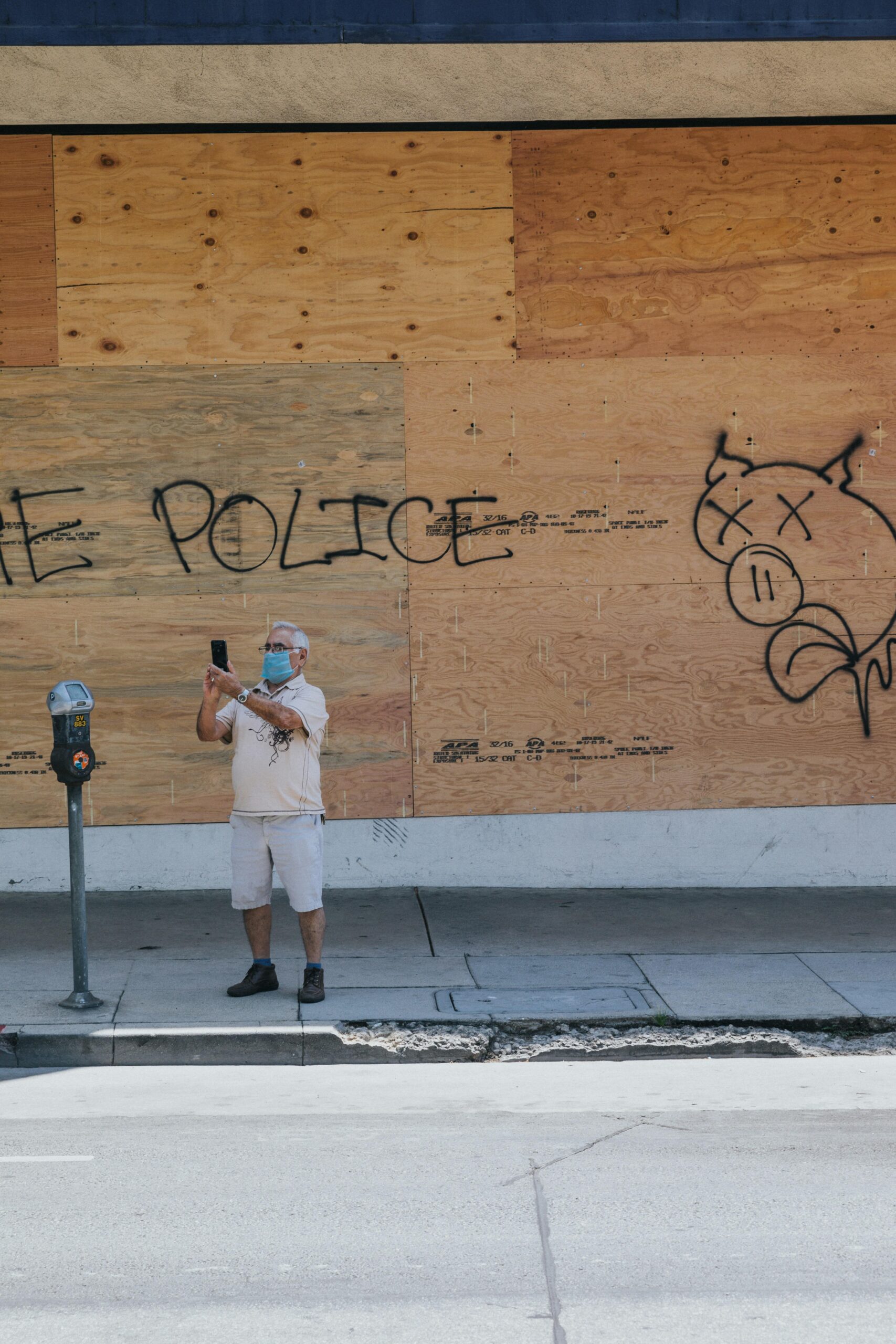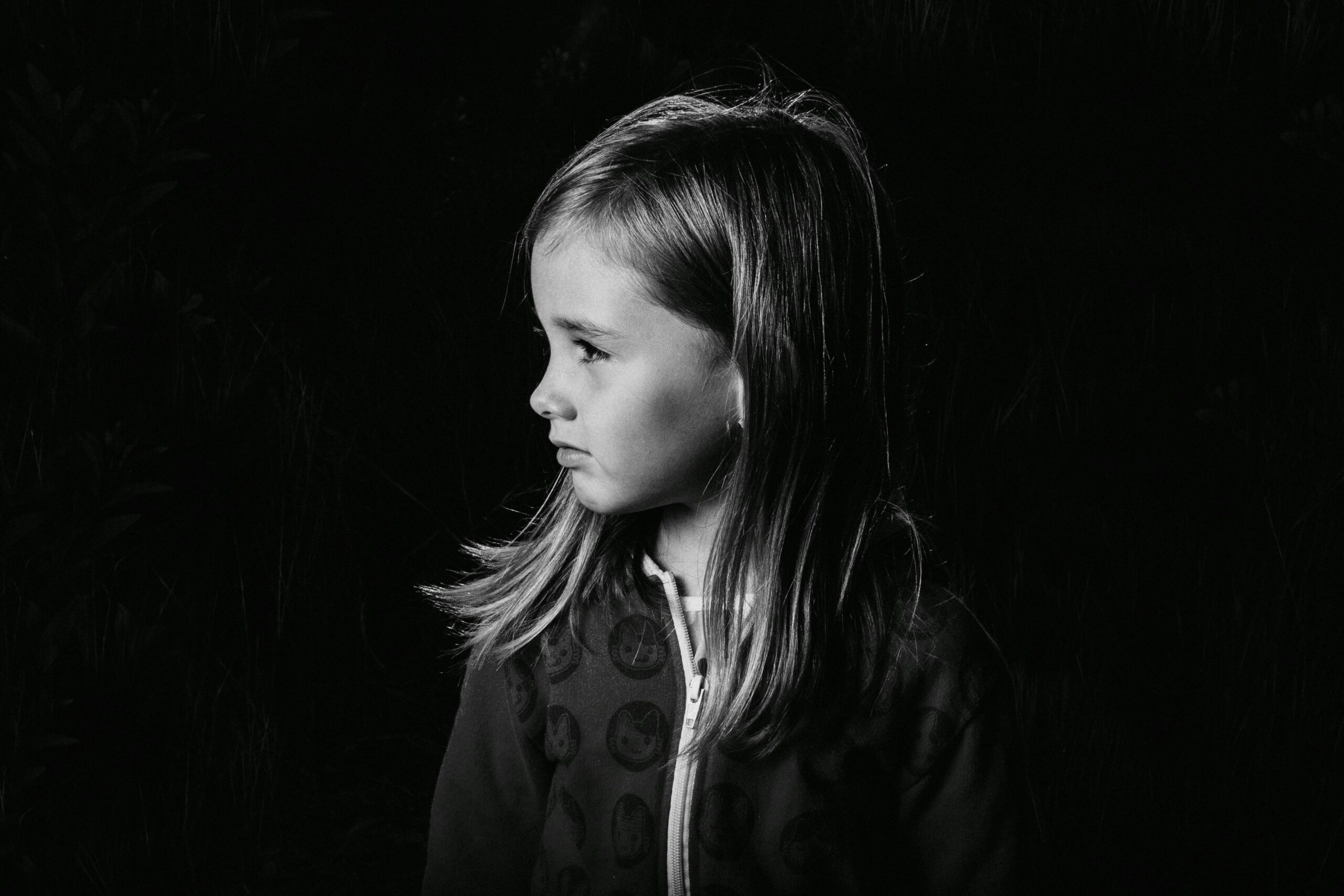Have you ever wondered how the experiences we face as children might ripple through our lives in unexpected ways? Childhood is often painted as a time of innocence and growth, but for many, it’s also a period marked by trauma—events that leave deep emotional scars. Intriguingly, researchers and psychologists have been exploring how these early wounds might influence behaviors later in life, including the troubling path towards criminal activity. In this blog post, we’ll dive into the fascinating link between childhood trauma and criminal behavior, uncovering what science says and why understanding this connection could be key to breaking cycles of harm. Ready to explore the hidden stories behind those statistics? Let’s get curious.
Table of Contents
- Understanding the Deep Roots of Childhood Trauma in Criminal Minds
- The Invisible Scars That Influence Decision Making and Impulse Control
- Breaking the Cycle Early Interventions That Can Redirect Life Paths
- Building Resilience How Communities Can Support Healing and Prevention
- Wrapping Up
Understanding the Deep Roots of Childhood Trauma in Criminal Minds
At the heart of many criminal behaviors lies a complex tapestry woven from early childhood experiences that often go unnoticed. Traumatic events such as neglect, physical abuse, or emotional abandonment can cause lasting alterations in brain development, influencing how individuals process emotions and respond to stress. These early wounds don’t just vanish—they manifest in ways that may predispose someone to act out violently or engage in antisocial behaviors. Neuroscience reveals that trauma reshapes neural pathways, making it difficult for affected individuals to regulate impulses or develop empathy in the way their peers might.
Exploring how trauma imprints itself, researchers have identified key risk factors that frequently emerge in the backgrounds of offenders. These include:
- Chronic exposure to domestic violence
- Disrupted attachment with primary caregivers
- Early experiences of bullying or social ostracism
- Loss or abandonment during formative years
Understanding these elements underscores the importance of therapeutic interventions tailored towards healing these deep-seated wounds—not just punishing resultant behaviors. It shifts the narrative from blame to a compassionate inquiry into how unresolved childhood trauma silently shapes the paths to crime.
The Invisible Scars That Influence Decision Making and Impulse Control
Deeply embedded childhood wounds often manifest as unseen barriers within the brain’s architecture, subtly altering the pathways of decision-making and impulse control. These hidden fractures impact the prefrontal cortex, the area responsible for rational thought and judgment, undermining a person’s ability to weigh consequences before acting. When the brain’s coping mechanisms are compromised, what might seem like spontaneous or reckless behaviors are often the result of long-standing neurological rewiring tied to trauma. This rewiring can give rise to a toxic stew of heightened emotional reactivity, diminished foresight, and a persistent struggle to regulate impulses.
Several factors intertwine to paint the complex portrait of how early trauma quietly shapes choices later in life, including:
- Impaired stress response: Childhood adversity can “lock” the nervous system in a constant state of alert, making calm, deliberate decisions harder to achieve.
- Attachment disruptions: When safety is absent during formative years, the ability to form trusting relationships—a cornerstone of social decision-making—can be severely hampered.
- Reduced executive function: Trauma often shrinks the mental toolbox we rely on to plan, inhibit impulses, and adapt flexibly to new information.
In essence, what might appear as cold, calculated criminal choices are sometimes the echoes of internal chaos and unmet needs, underscoring the importance of trauma-informed approaches in understanding and preventing such behaviors.
Breaking the Cycle Early Interventions That Can Redirect Life Paths
Identifying and addressing adverse childhood experiences before they manifest into destructive patterns is crucial in transforming trajectories. Early intervention programs targeting vulnerable children foster resilience and pave the way for healthier decision-making. These measures often include:
- Trauma-informed counseling that equips kids with emotional coping tools
- Mentorship and community support networks offering guidance and stability
- Educational initiatives promoting self-awareness and conflict resolution skills
Implementing these strategies at pivotal moments in a child’s development can interrupt cycles of trauma that often perpetuate criminal behavior. By proactively nurturing empathy, self-control, and positive social connections, communities can empower youth to rewrite their stories—turning potential risk factors into sources of strength.
Building Resilience How Communities Can Support Healing and Prevention
Communities play a vital role in transforming the aftermath of trauma into opportunities for growth and resilience. When individuals—especially children—experience adverse events, the ripple effects aren’t just psychological; they often influence behavior and social interactions long-term. By weaving strong support networks, communities can act as both a cushion and a catalyst, helping individuals not only heal but also break cycles that might otherwise lead toward criminal pathways. This nurturing environment fosters a sense of belonging, safety, and empowerment, which are crucial in redirecting potential harm into personal strength.
Practical steps that communities can take include:
- Creating safe spaces: Places where individuals feel protected and understood encourage open dialogue and emotional processing.
- Providing accessible mental health resources: Early intervention and ongoing support tackle trauma’s impact before it manifests in more harmful behaviors.
- Promoting mentorship programs: Positive role models can guide at-risk youth away from destructive pathways and towards constructive life choices.
- Fostering educational opportunities: Empowering individuals with knowledge and skills increases their sense of agency and hope for the future.
Wrapping Up
As we continue to unravel the complex ways childhood trauma can influence criminal behavior, it becomes clear that understanding these early experiences is crucial—not to excuse harmful actions, but to address root causes with empathy and effective intervention. The more we learn, the better equipped we are to support those impacted and create pathways toward healing and positive change. So next time we hear a story behind a crime, maybe we’ll pause a little longer, ask a few more questions, and remember that every journey begins somewhere—sometimes in the hardest of places. Curious to hear your thoughts—how do you think society can better respond to trauma to help break these cycles?











